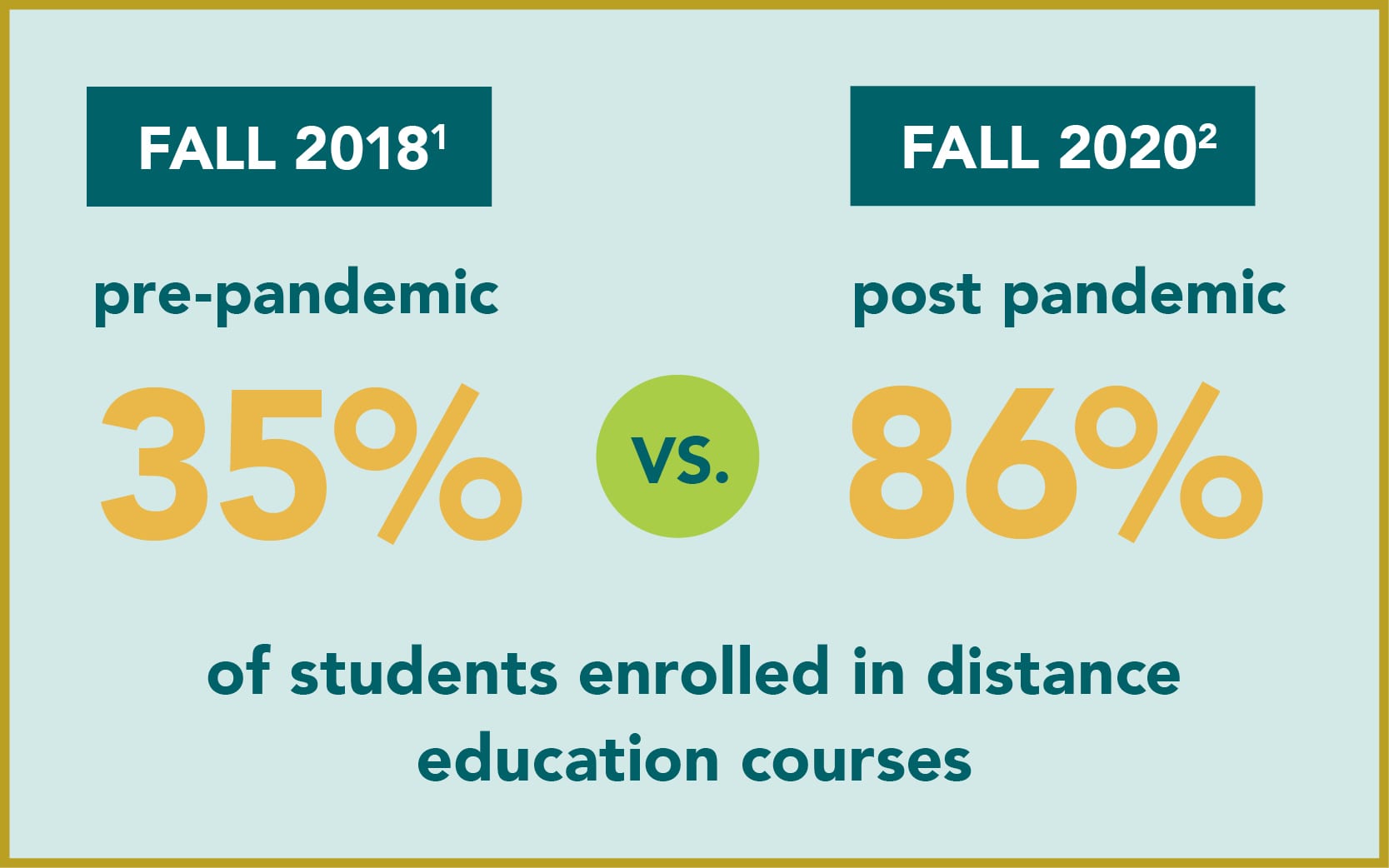Resources
Higher Learning Advocates’ federal policy resources include the most current data on adult students, parenting students, college affordability, equity, and more. Our work has resulted in positive change for today’s students, including access to discounted broadband for Pell students, the establishment of emergency aid funds, and increased financial aid for parenting students.
Online Program Managers (OPMS): Ensuring Quality & Protecting Innovation
Outsourcing Online Programs: Policy Options for OPM Oversight
Online Program Managers (OPMs) Backgrounder
Ensuring Quality of Online Education Programs
101: Distance Education
Distance Education Backgrounder
FAQ: Distance Education Accreditation and COVID-19 Waivers
Backgrounder: Evolving Models of Postsecondary Learning
State Profiles
State profiles feature key data points, visual infographics, and brief explanations of all 50 states, and are a quick and easy resource for policymakers, analysts and media.



